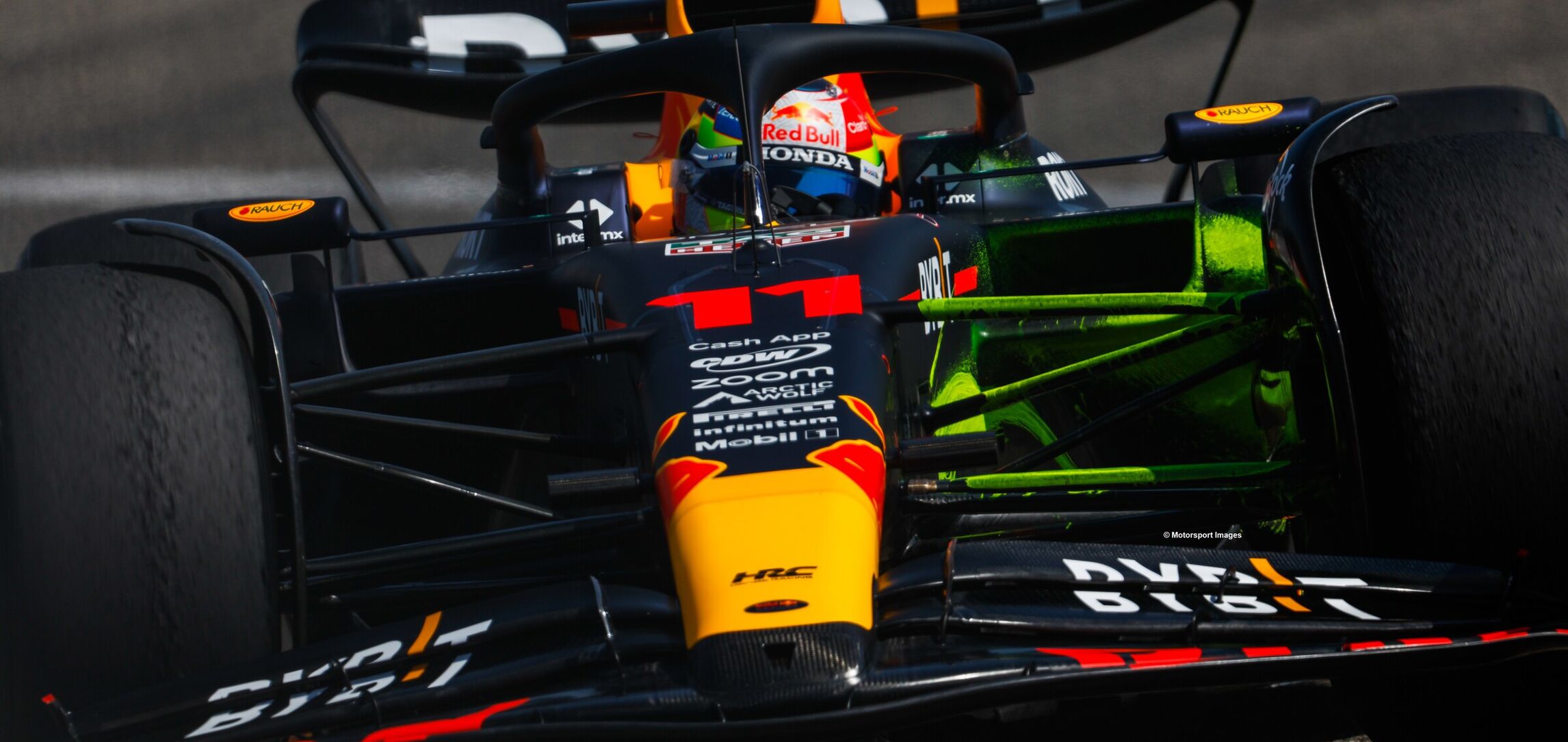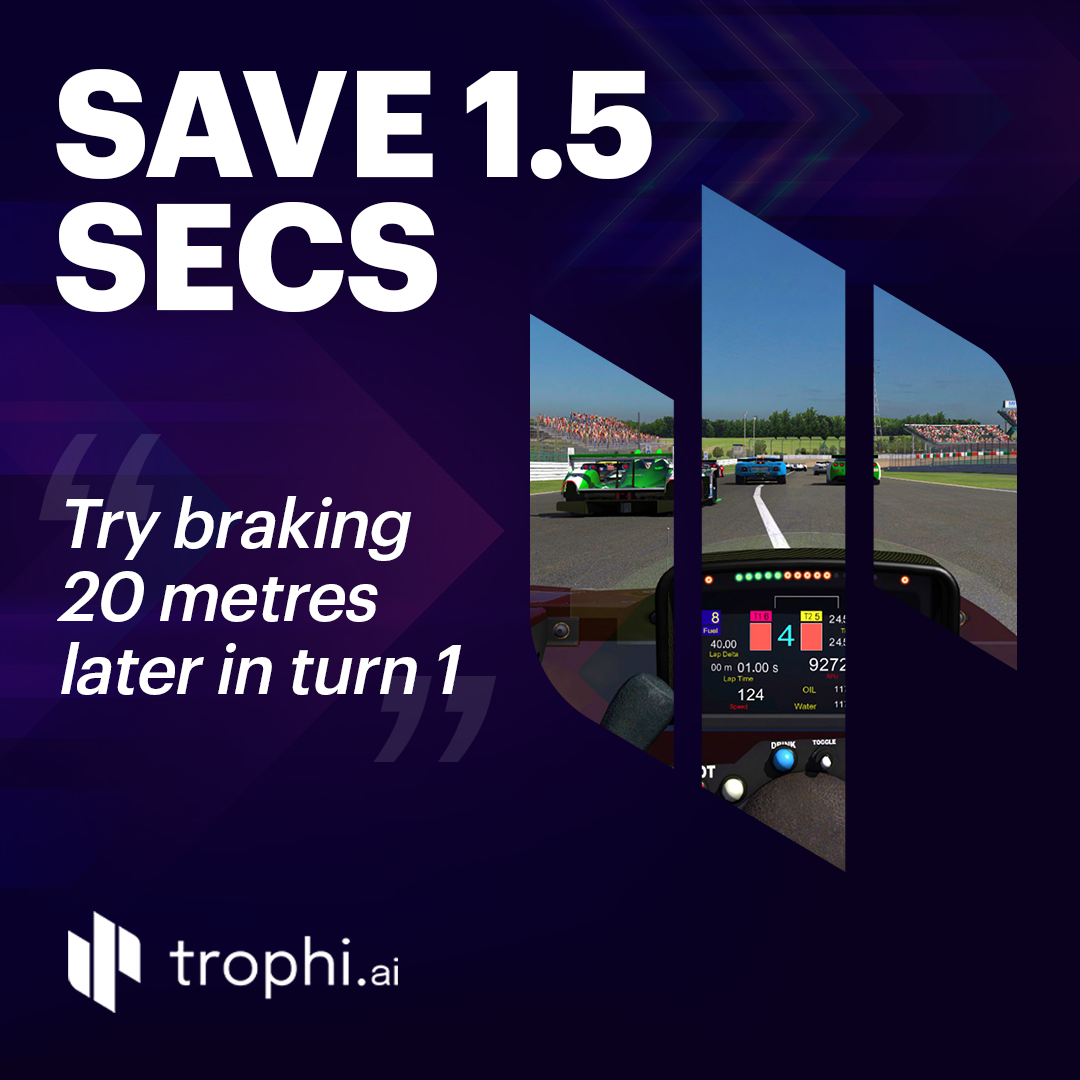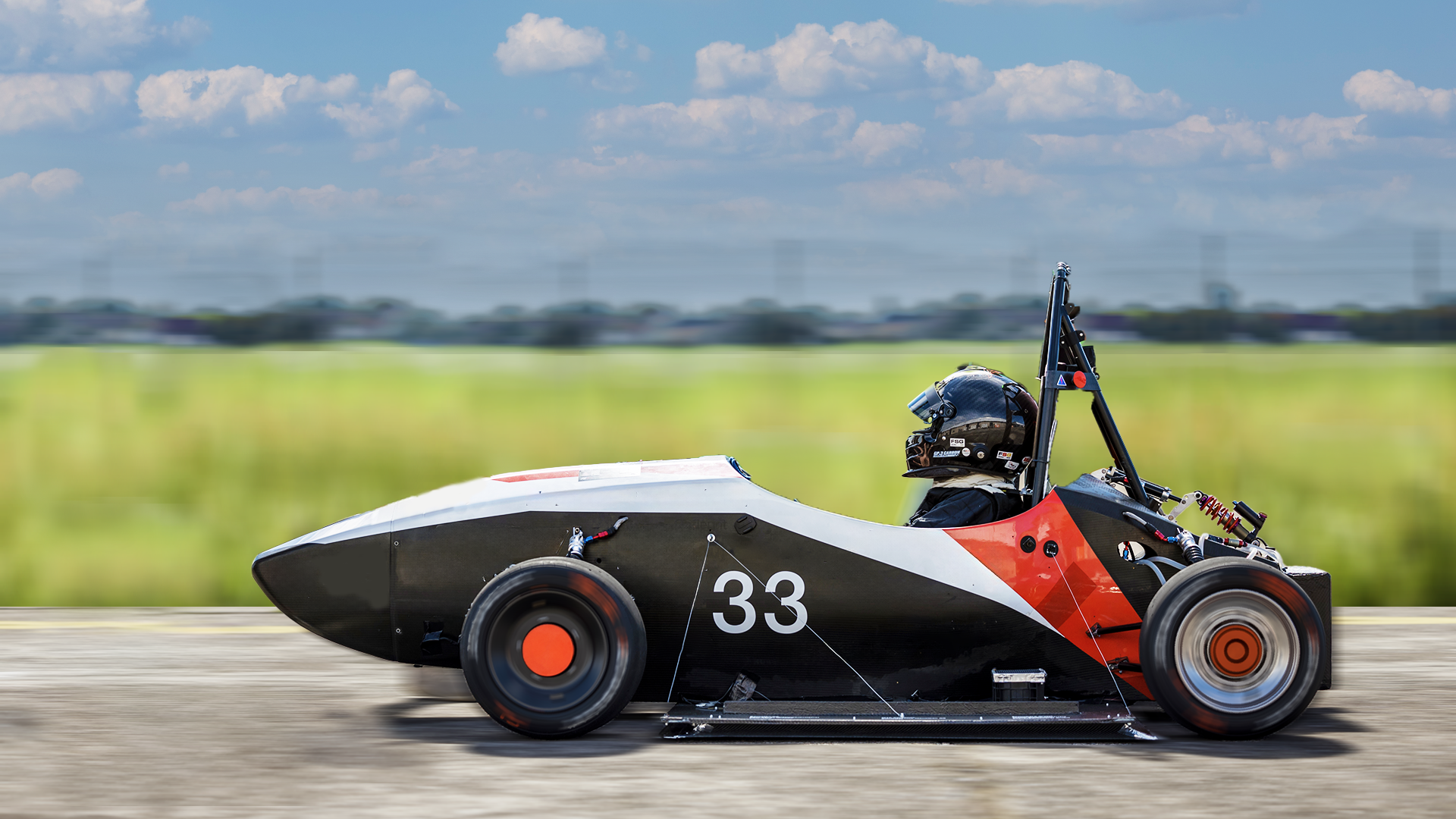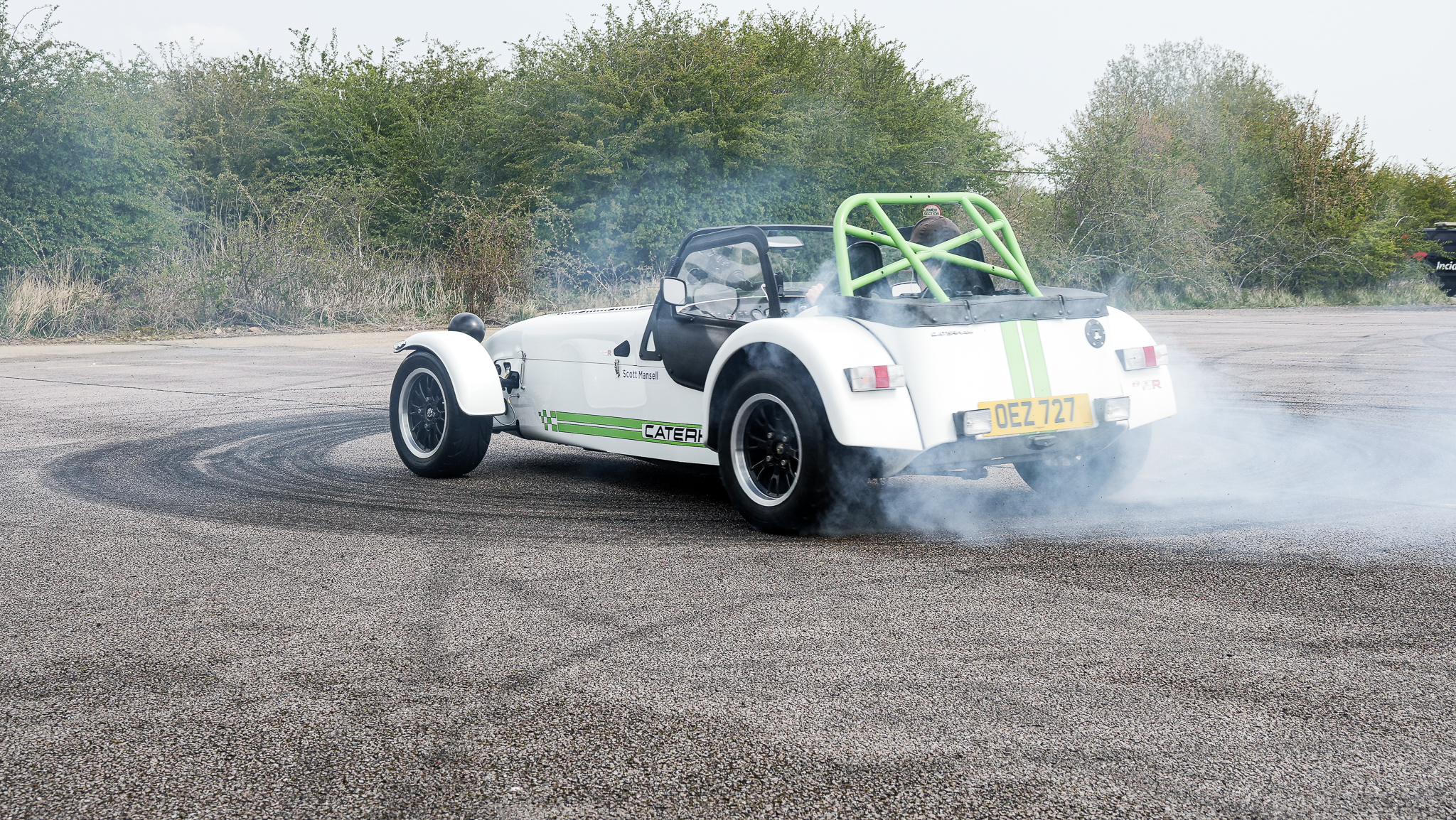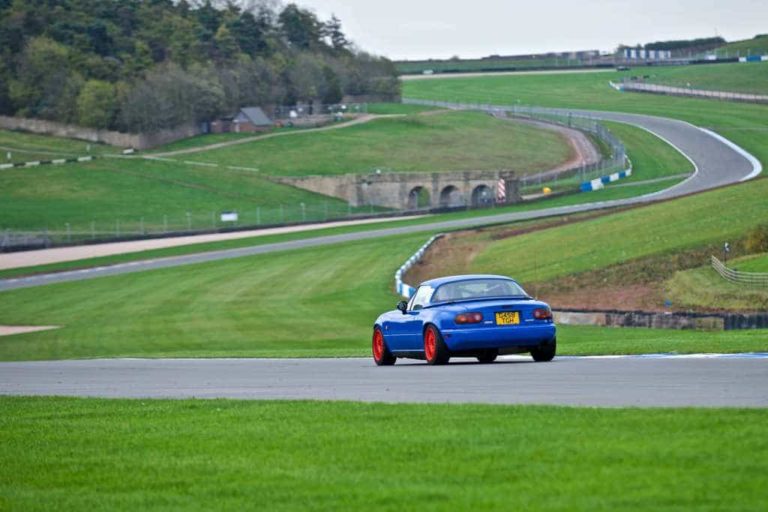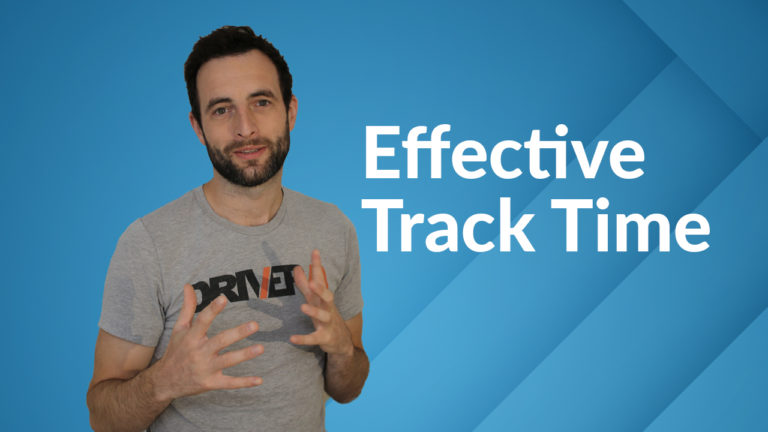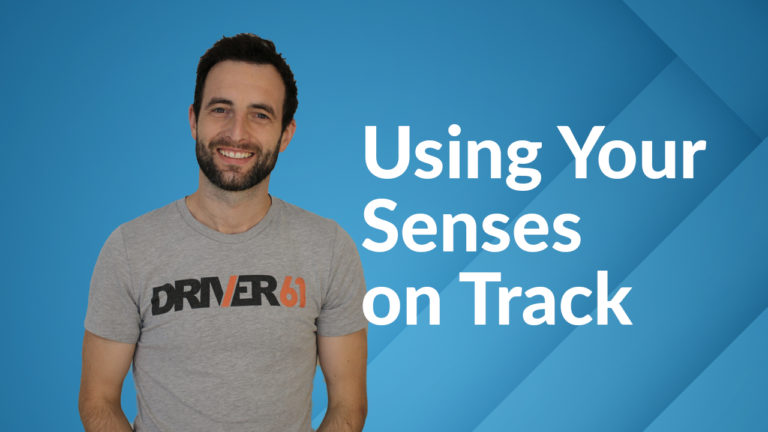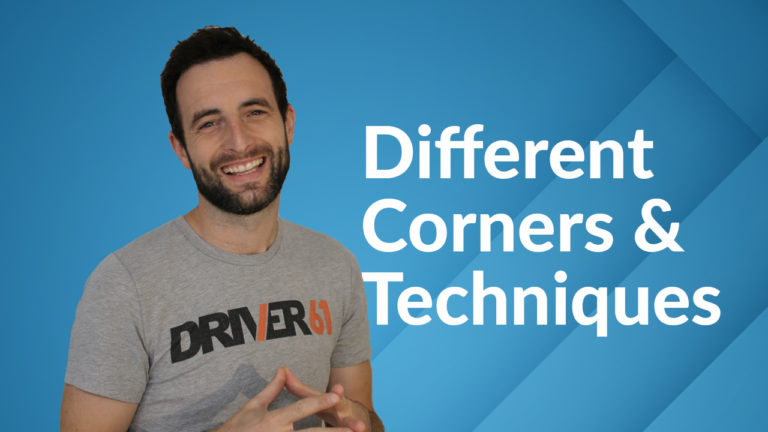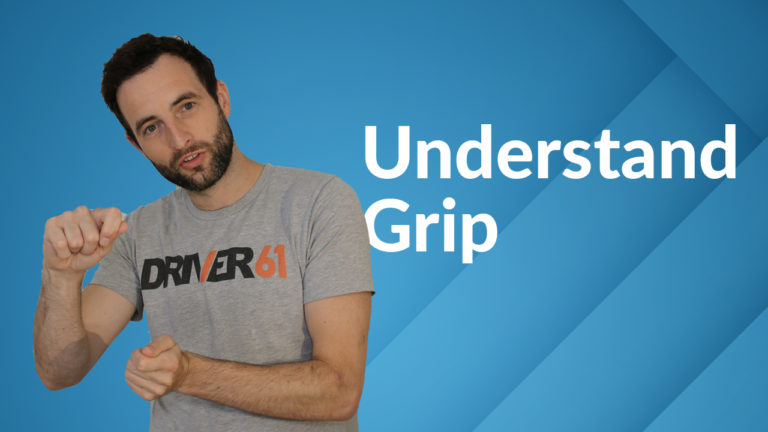Are You Braking Too Early? Here’s How To Find Massive Lap Time.
If you’re braking too early, you’re leaving loads of lap time on the table. In this video, I’m going to explain how to know if you’re braking at the right spot and how to move that spot deeper and deeper until it’s absolutely perfect.
Hi, I’m Scott Mansell, head coach from Driver 61, where we create faster racing drivers who feel in total control and ultimately win championships. Over the last 15 years, I’ve worked with hundreds and hundreds of drivers and when you’re either sat in the car with them or comparing data during a testing session, a lot of the time their absolute braking point won’t be quite as late as mine or the coach that they’re using.
The first reason that this happens is that to brake late is actually quite difficult. We’re hurtling down to a hairpin corner and we need to brake as late as absolutely possible. But if we misjudged it by five or 10 meters, it could result in us going off and even having a crash. So our primal brain is screaming at us usually very early to actually get on the brakes.
This is something that can restrict some drivers. So the way to resolve this is to actually in the big braking zones, have a conscious braking point. When you have a conscious braking point it means that the next lap and the following laps thereafter, you can edge this braking point further and further forwards.
That conscious braking reference gives you the confidence to be able to move the car deeper and deeper into the braking zone. If you don’t have this conscious braking point, we’ll be listening to the alarm bells going off in our brain, which will always make us brake too early.
The next thing that might be making you brake too early and not carry enough speed into a corner is the fact that there’s no proactive progression in that braking zone. So by all means, we need to start braking early at the beginning of a test day, so that we give ourselves some safety margin in case there’s less grip or the car doesn’t react exactly how we expect.
Begin your braking nice and early on the first lap. But the important thing is, is to have a progression there and move forward each lap. Have that conscious reference point which I’ve just spoken about and move it forward each lap. That way, within four or five laps, you’ll actually be right on the limit.
In the second session of the day, or as you are going into qualifying and you’ve already got these braking points and fairly well sorted. Yes, we want to add a little bit of safety margin in at the beginning of the session, because we may have more weight in the car, more fuel, the circuit conditions may have changed or the tyres may be degrading or you might have made a set up changes, but you can make this safety margin much finer.
Being quick on track during a race weekend is all about efficiency, about getting the car to the limit in a very quick way. Then, you have more time to think about adapting your own technique very subtly or even making setup changes. If you’re spending most of the session actually getting up to the limit and moving the car forward, then you have less time to think about how you can generate even more grip and lower lap time.
The next thing that might be stopping you from braking as late as possible is the fact that your technique might be inconsistent when you turn into the corner. Now, the reason that this is important is that if your technique is a little bit too harsh, if your trail braking isn’t quite right or if you’re turning the car into the corner too harshly, the balance and the overall grip that you have will be changing constantly.
From a driving perspective, if this balance and the overall grip is changing constantly, it means that you find it very difficult to judge the entry speed and a driver will always revert to the slower entry speed rather than making a mistake and going off. It’s critically important that your vision is correct as you enter the corner, that your trail braking is right and that you turn in the car in towards the apex in a smooth way.
Get this consistent across a number of laps and that means you’ll have consistent grip as you go into the corner, which then means that you’ll be able to move that braking point confidently forward more and more forward over the laps.
Another thing that I see with regard to braking too early is that a driver won’t adapt to different circumstances. If they get a really good exit or really bad exit out of the previous corner, they’ll still brake in the same place. Obviously, if you’re carrying more speed, we’re going to have to brake a little bit earlier. And if you’ve got a bad exit and we carry less speed, you’re going to have to break a little bit later to really maximize the braking zone.


